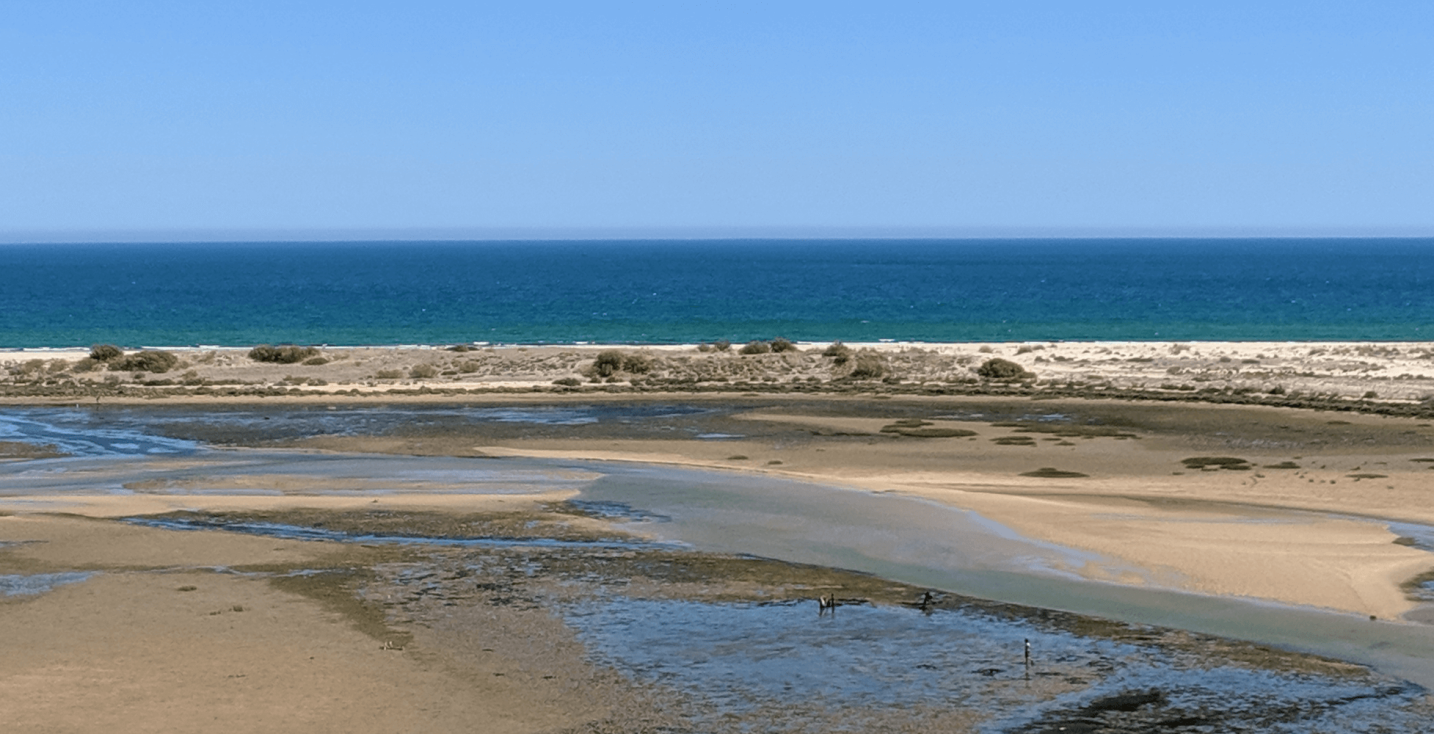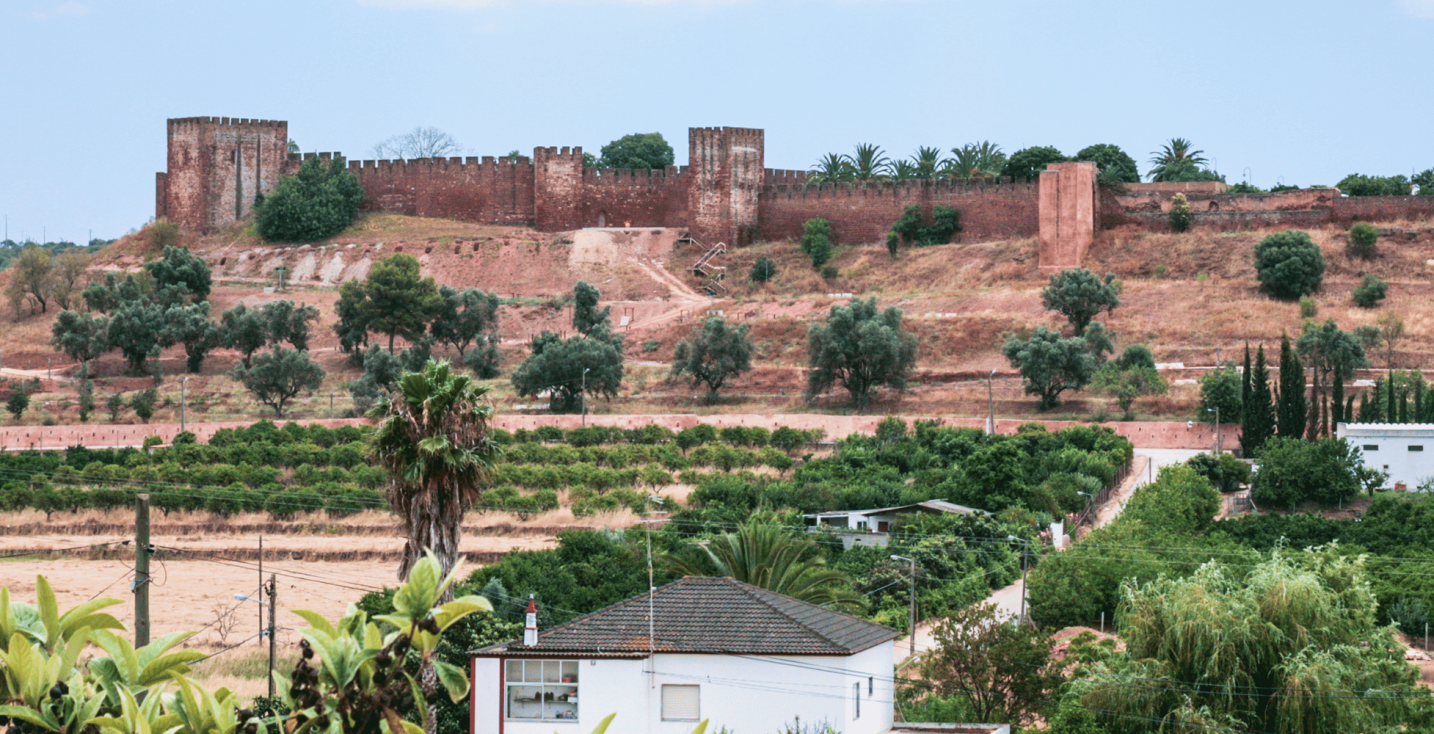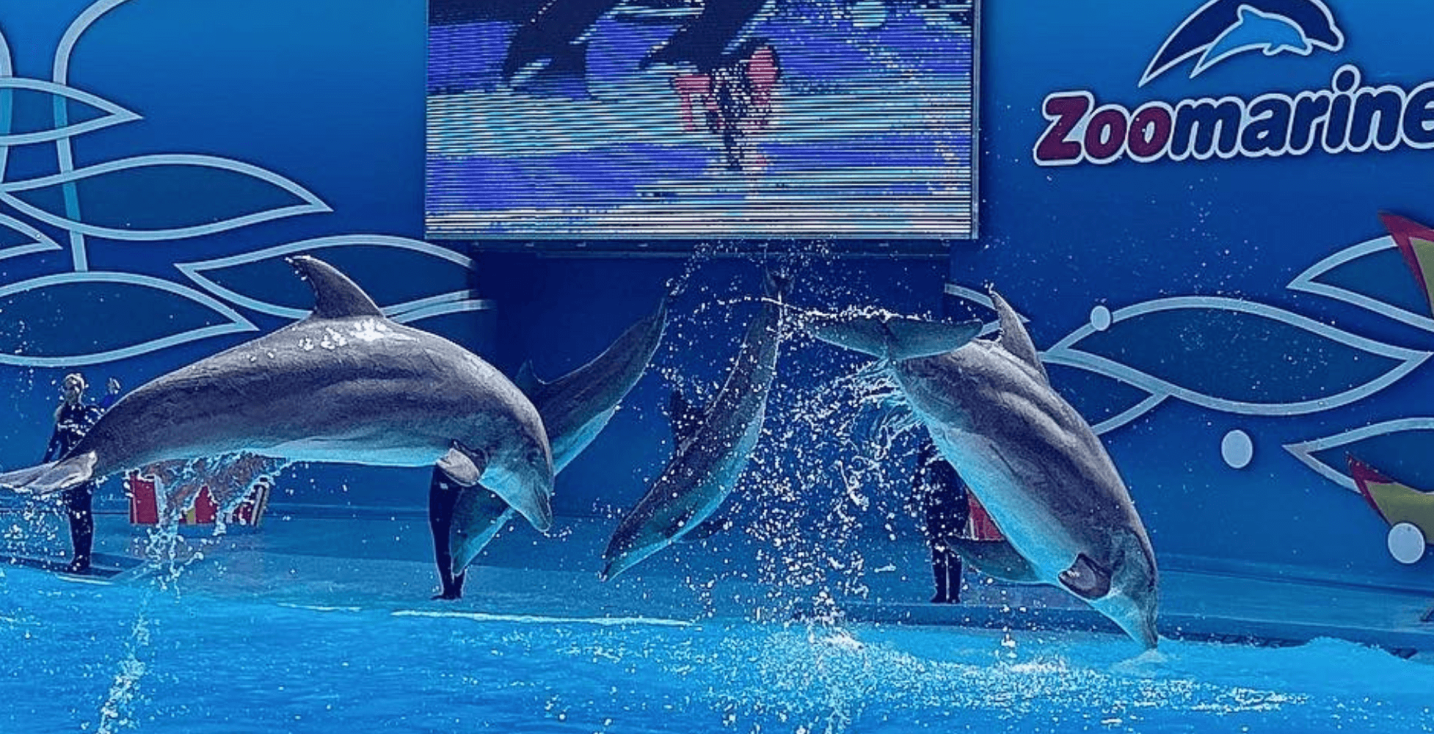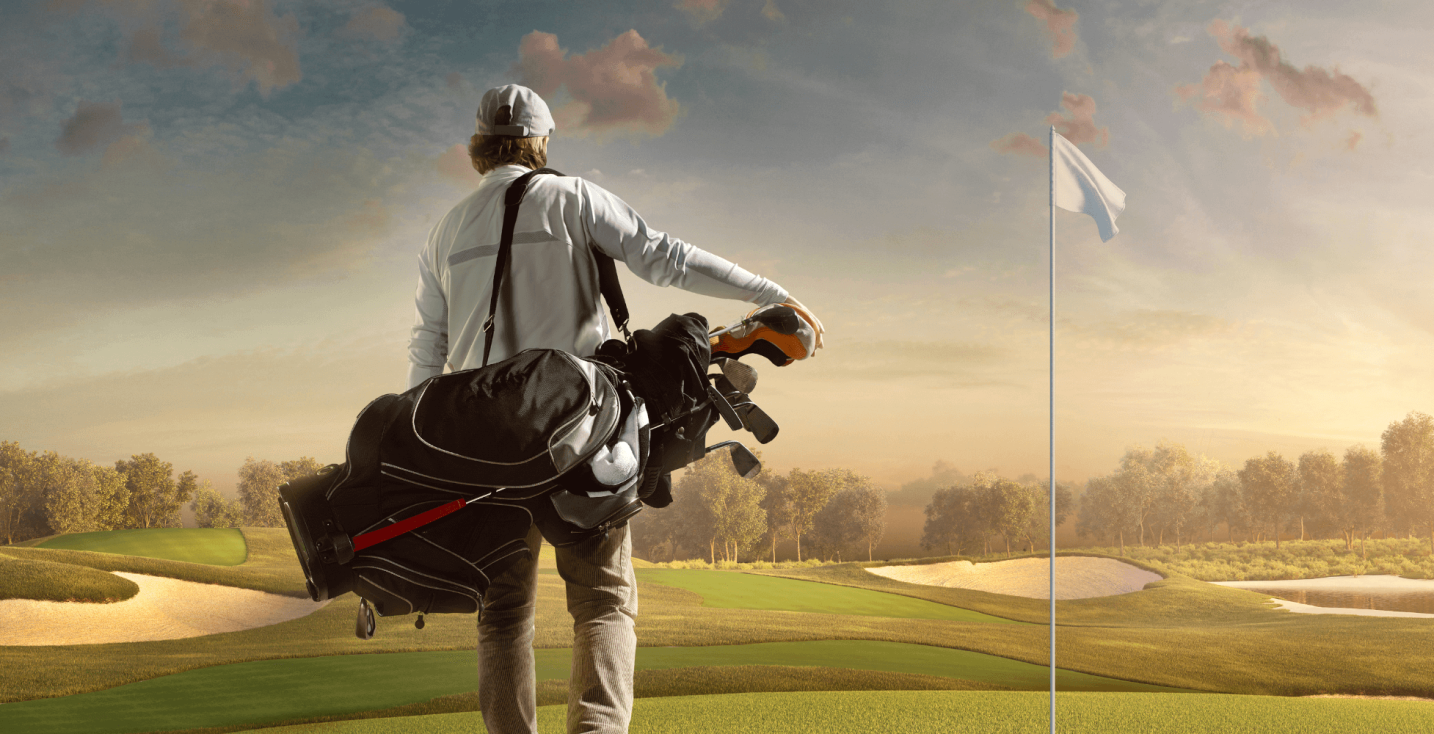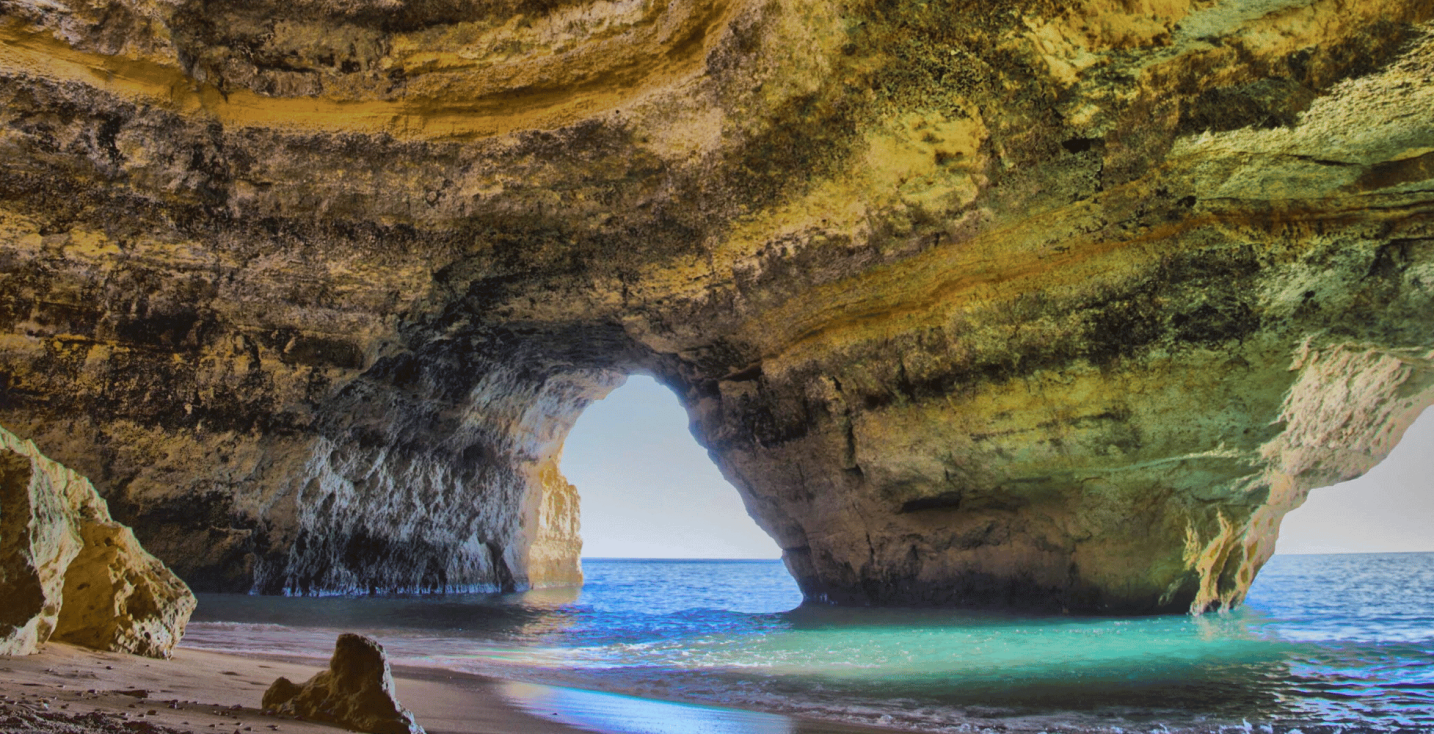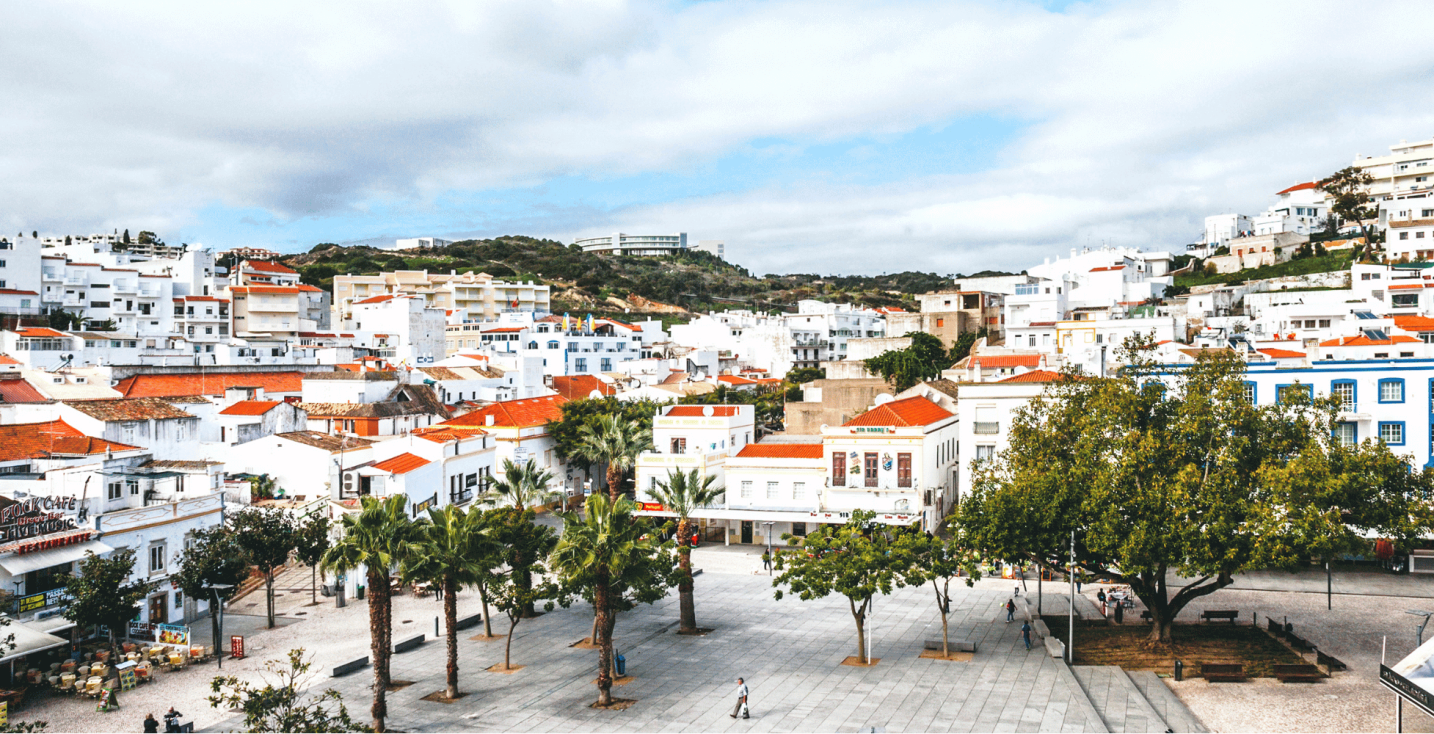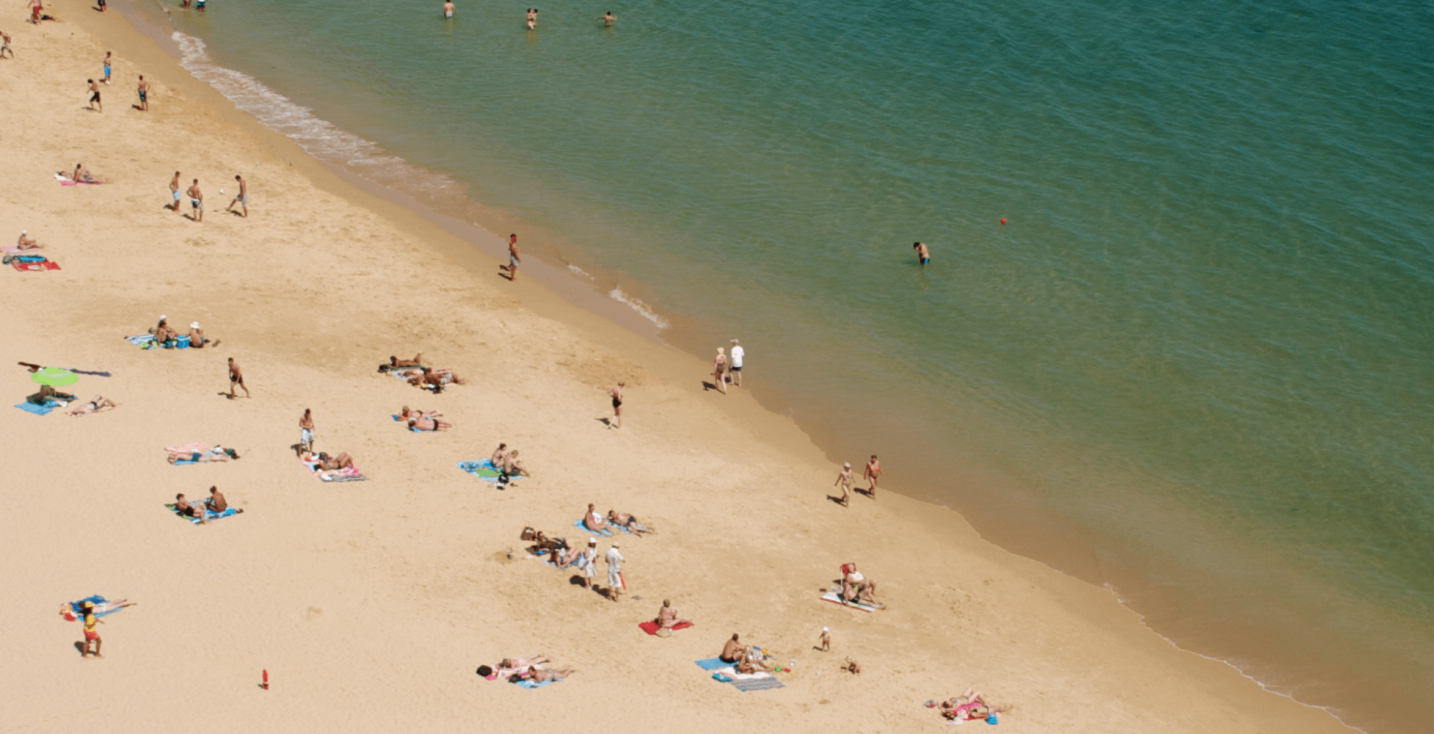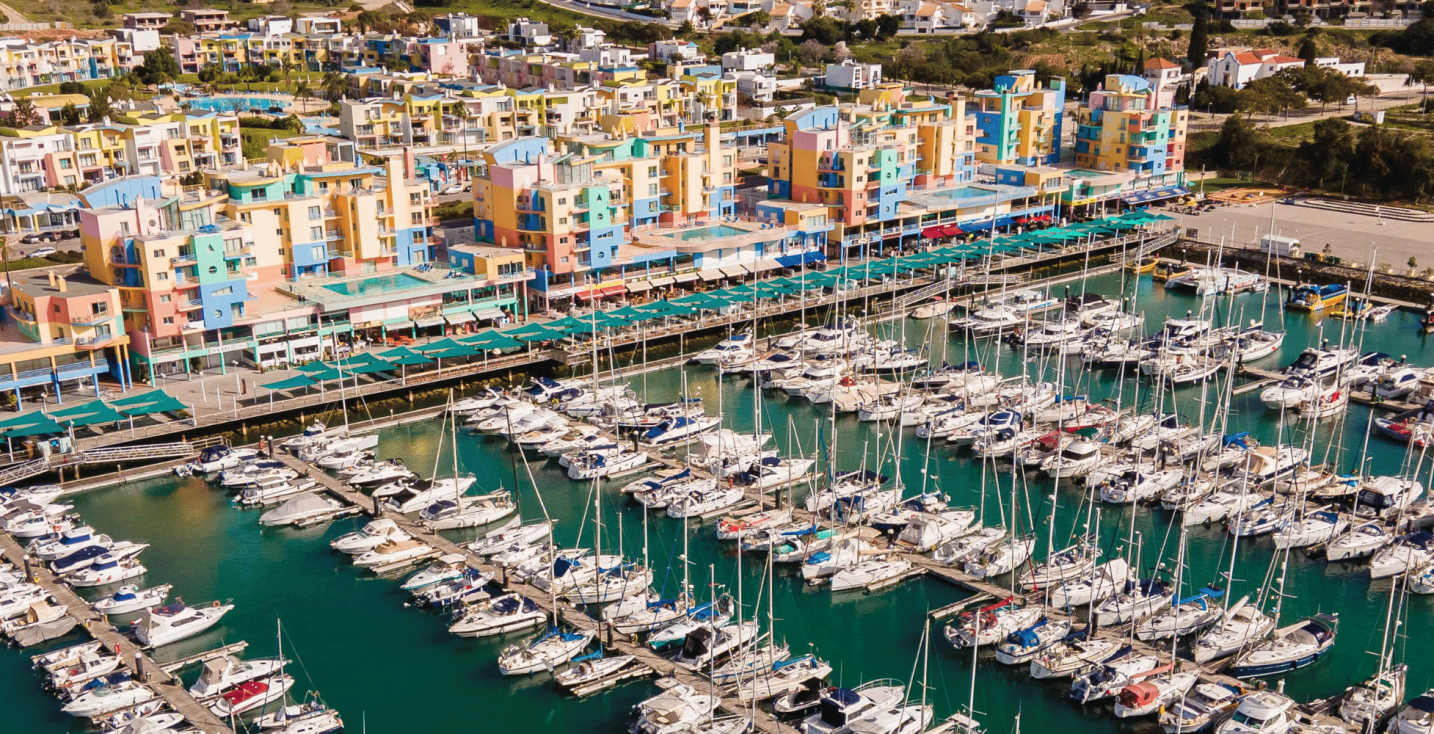If there is a place that encapsulates the beauty and diversity of the Algarve’s nature, it is the Ria Formosa Natural Park. Comprising two peninsulas, five islands, six bars, and vast marshlands, this park is a gem of the southern region of Portugal. Separated from the sea by a chain of barrier islands, Ria Formosa is fed by seasonal freshwater streams, creating a unique ecosystem that sustains a rich diversity of wildlife.
With an extension of 17,900 hectares, the natural park harbours a variety of habitats, including dunes, marshes, pine forests, and agricultural areas. It is a vital refuge for migratory birds, with many species using the ria as a stopping point during their seasonal migrations. Highlights include the purple swamphen or sultana chicken, a symbol of the park, the colony of little egrets, white storks, and the spoonbill, among many other fascinating species.
In addition to its ecological importance, Ria Formosa offers a variety of activities for visitors to explore. From boat trips through the ria to bird watching, hiking, and diving, there is something for everyone. Boat trips with Natura Algarve provide a unique way to discover this natural paradise, while PerNatur offers hiking trails that highlight the region’s natural and cultural heritage.
If you are looking for a more sustainable and authentic experience, Sustainable Travels and Proactivetur offer tours aimed at promoting responsible tourism in the Algarve. With a commitment to preserving the environment and supporting local communities, these companies offer unique experiences that will leave a lasting impression.
For enthusiasts of natural history, GeoWalks & Talks offers a unique perspective on the geological, historical, and cultural heritage of the region. With expert guides, visitors can uncover the hidden secrets of the Algarve landscapes and delve into the region’s rich history.
If you want to explore everything that Ria Formosa Natural Park has to offer, do not hesitate to visit Gabi Miguel’s website. There, you will find a variety of accommodation options to enjoy an unforgettable holiday with friends and family. Visit gabimiguel.pt/rentals to find your perfect summer villa and start planning your adventure today!
For more information, contact us via email at info@gabimiguel.pt or by phone at +351 289 591 378. Come and discover the Algarve in a unique and unforgettable way!
Font: Natural.pt
Keywords: Algarve, Loulé, Gabi Miguel, Holiday Rentals, Ria Formosa Natural Park
